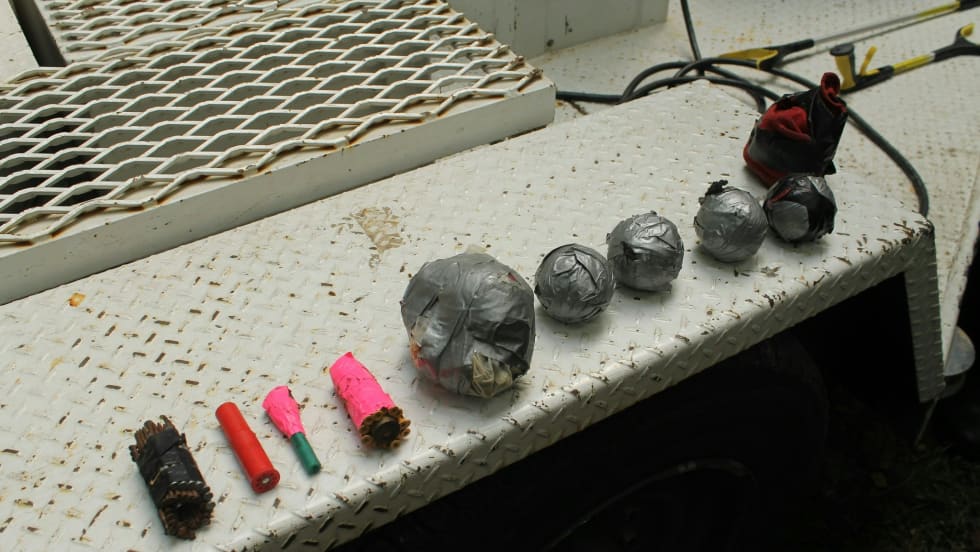For members of a gang, criminal behavior is an accepted part of their lifestyle, until they get arrested for a crime or they leave the street gang. Some members do not ever leave. They become role models for younger gang members who will put in work for their mentors (leaders). Unfortunately, these younger kids do not necessarily recognize or associate their behaviors with street gangs either. I've heard many reasons. Kids say, "We have no tattoos," "We're in school," or "We've never been arrested.
Street gang members make these same claims in denial of gang membership. Traditional gang indicia may not be a part of these gang members' lives.
Sometimes a group's gang leadership levels have formal names but remain informal in operation. Other times there are formal operating procedures along with ranks for the members. A member of such a group may keep contact with gang life through an older brother or section leader or through reporting to an inner-circle of older gang members. Often, these kinds of gang members literally lead double lives. They may be young college students, businessmen, even married with children and still maintain membership with a street gang.
Cliques or sets of the same gang may develop when a member moves out of the area. He may take the gang name with him and establish a new group. Informal ties to the original gang may be maintained. As members continue to move, so does the gang. At each new location an older member may try to make his clique larger by recruiting new members. And the cycle goes on. Remember that the statement, "I am not in a gang" may not always be true. Be safe!
Al Valdez is an investigator with the Orange County (Calif.) District Attorney's Office and author of the book, Gangs.












